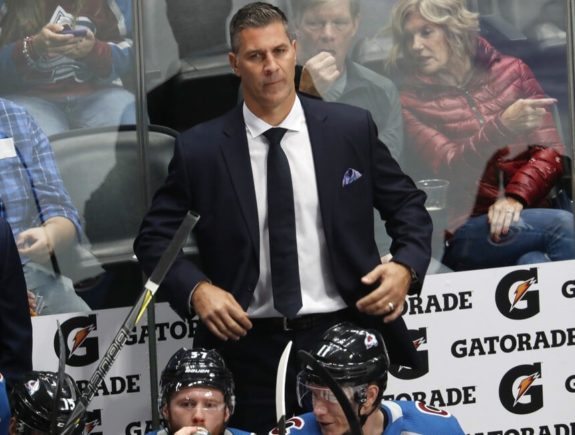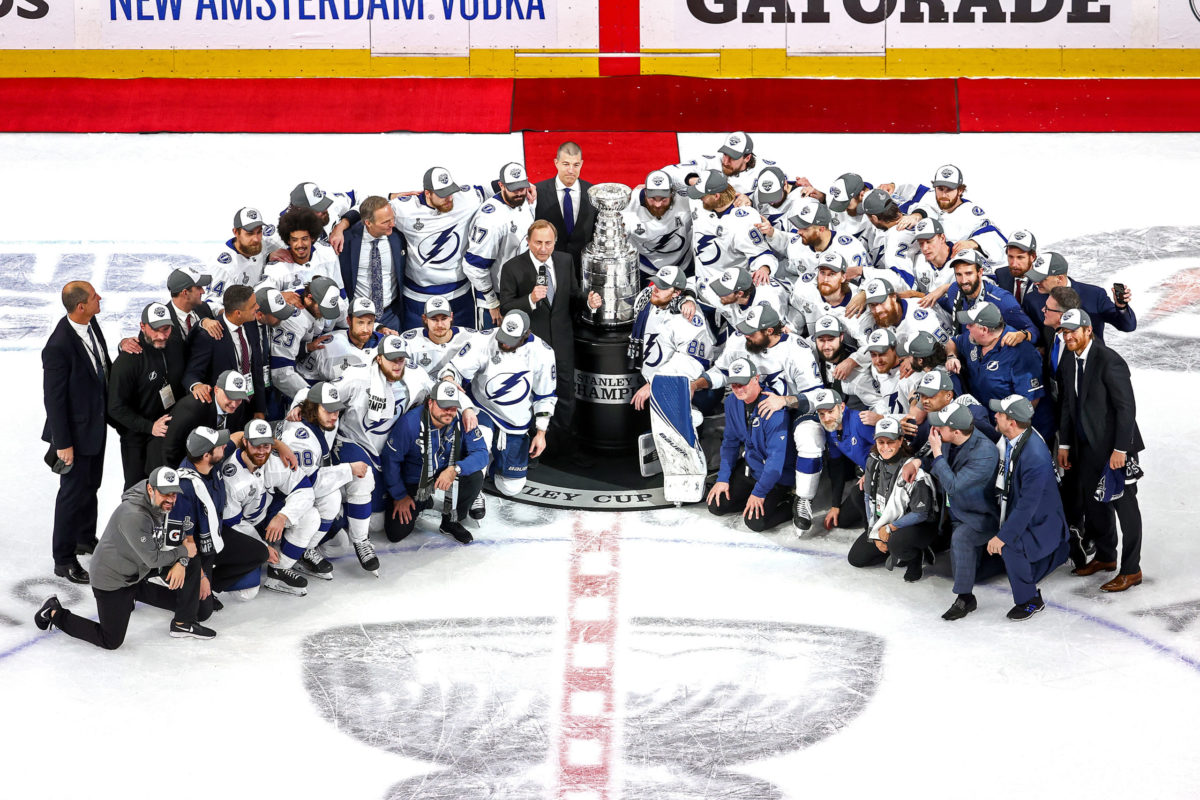The Colorado Avalanche appear to have everything lined up to be a serious Stanley Cup contender in 2020-21.
Their resume includes a Hart Trophy finalist in Nathan MacKinnon leading a fearsome top line, depth all over the ice, playoff experience over the past few years, a couple of solid goaltenders, and talented new additions.
Even Las Vegas sportsbooks are on board, installing the Avalanche as one of the odds-on favorites to hoist the Stanley Cup this summer.
But a closer look shows where the team needs to improve if it wants to break through the second-round wall that has ended Colorado’s last two postseasons. Both sides of special teams – whether the Avalanche are a man up, or a man down – need to make some strides if they want to lengthen their run in the 2020-21 playoffs.
Only the Tampa Bay Lightning and Toronto Maple Leafs scored more goals than Colorado last season, and only four teams allowed fewer goals than the Avalanche in 2019-20. But despite sparkling play on both ends of the ice, the special teams struggled for Colorado, which finished in the middle of the pack in both power-play percentage (19th) and penalty-kill percentage (13th).
Not counting Jared Bednar’s first year as coach – where he was thrust into a near-impossible situation – the Avalanche special teams have been pretty solid. He set up top-10 power-play units in his second and third years at Colorado’s helm, and had a top-five penalty kill in 2017-18.

Both dipped in 2019-20, with the power play dropping to a bottom half unit for the season. The penalty kill was actually better statistically – 81.4 percent last season compared to 78.9 percent in 2018-19 – but dropped to the middle of the pack.
Upping both of those rankings might be all the Avalanche need to prove all the preseason praise isn’t just hype.
How Special Teams Sunk the Avalanche in 2019-20
The importance of special teams for the Avalanche last season was exposed with the offense-filled, seven-game loss to the Dallas Stars in the second round of the playoffs.
That series was so high scoring, it made pinball machines blush. In the seven games, 57 goals were scored. The teams combined for seven or more goals in every game except Game 6.
That was so out of character for the Stars, that their next highest-scoring, seven-game stretch all season was just 46 combined goals in games between Dec. 19 and Jan. 1. From a playoffs perspective, only 50 total goals were scored in Dallas’ next two series combined – 17 goals in the five games against Vegas in the Western Conference Final, and 33 total goals in the six games it took Tampa Bay to win the Stanley Cup.

But that wasn’t just Dallas overachieving. Colorado gave them plenty of help. The Stars scored 28 goals in the series, and nearly a third of them came on the man advantage. Dallas was 9-for-23 (39.1 percent) on the power play in the series. The Stars were 10-for-56 (17.9 percent) in their other 20 games in the bubble. Conversely, the Avalanche scored on just 4 of 32 power-play tries in the second-round series (12.5 percent).
It didn’t help that injuries caused Colorado to play three different goaltenders in the series, but it’s not like the Avalanche weren’t scoring enough to win. In the two one-goal games (Games 4 and 7), Dallas won both and scored half its goals on the man-advantage, going a superb 5-for-8 on the power play. Both games ended 5-4, and Game 7 was an overtime loss.
Seven different players missed time for Colorado in that series. That’s difficult to overcome, but the Avalanche were right there, and poor special teams didn’t help. Colorado led after two periods in Game 7, but Alexander Radulov’s second power-play goal of the game sparked a two-goal third that set up the overtime win.
Colorado Needs its Difference Makers in 2020-21
Injuries are a part of hockey, but for Colorado to take the next step, it might boil down to two names staying healthy to make the special teams an elite game-changer: Mikko Rantanen on the power play and Erik Johnson on the penalty kill.
On the power play, the Avalanche were hurt by Rantanen missing 28 games. In only 42 contests, his eight power-play tallies were second on the team to MacKinnon’s 12 in 69 games. Gabriel Landeskog was third with six – and logged more than an hour of ice time on the power play than Rantanen.
Keeping Rantanen healthy is imperative. He missed time included the final dozen games before the regular-season was shut down in March. Colorado notched a power-play goal in only four of those final 12 regular-season games, and were only 2-for-24 (8.3 percent) in the first seven games of that stretch.

On the penalty kill, Johnson’s importance was shown by the Dallas series. Midway through the first period of Game 1, Johnson collided with Blake Comeau as the puck hit one of Johnson’s skates. The Colorado defenseman left the ice and Comeau scored the go-ahead goal literally seconds later. Dallas didn’t trail again in the game or the series.
But Johnson’s absence impacted more than that single play. Avalanche opponents were just 3-for-25 (12 percent) with the man advantage through the first eight games after the restart. With Johnson out of the lineup, Dallas’ power play scored three times that many goals in six-plus games, hit at nearly 40 percent on the power play for the series, and wound up in the Stanley Cup Final.
In the regular season and up to the injury, only Ryan Graves logged more short-handed minutes for Colorado than Johnson. The 13-year veteran isn’t the offensive threat he used to be, but he is a vital piece when the Avalanche are a man down.
Ranking in the top 10 in either power play or penalty kill isn’t a guarantee of success, but history says it certainly helps.
Only three times in NHL history has the league’s champion ranked outside the top 10 in both power play and penalty kill in the season they hoisted the Stanley Cup (Carolina in 2005-06, Boston in 2010-11, and Chicago 2013-14).
The Avalanche have all the weapons to make a deep playoff run. They are elite at 5-on-5. They have a coach that has shown he can build elite power plays and penalty kills. They’ve proven to have a potent power play lineup and a solid penalty kill – when healthy.
And it’s the special teams that could wind up making this a special season.